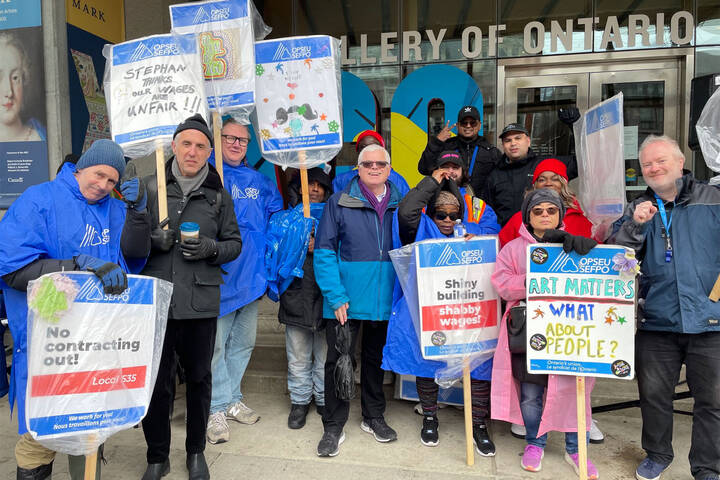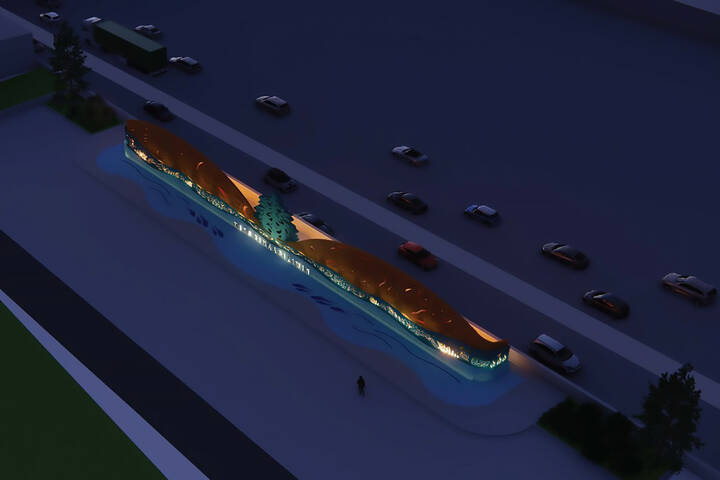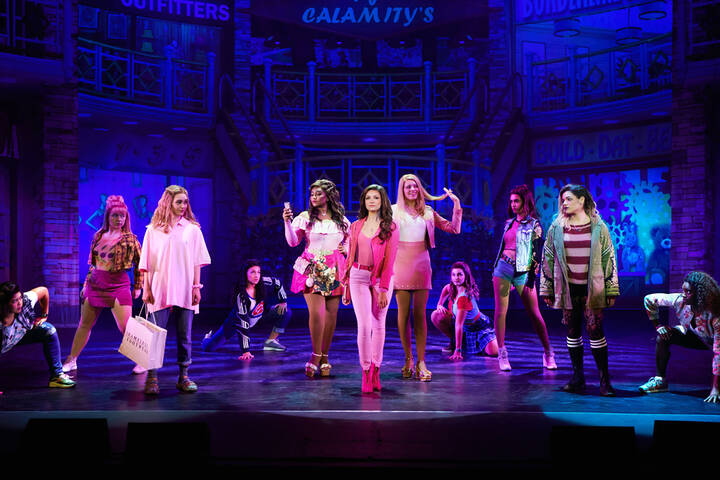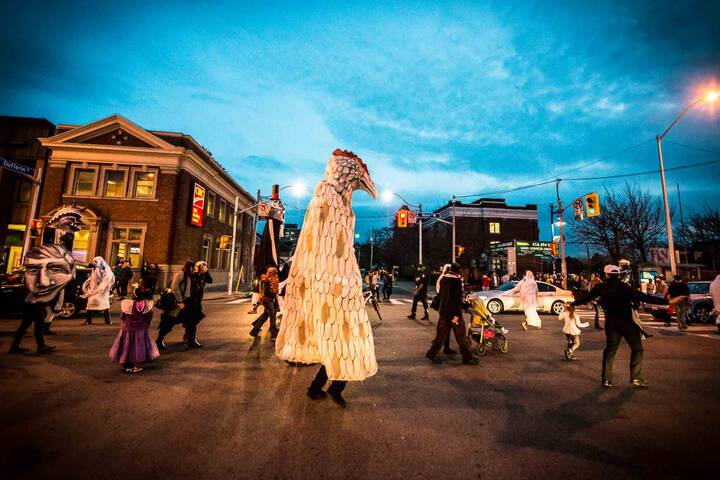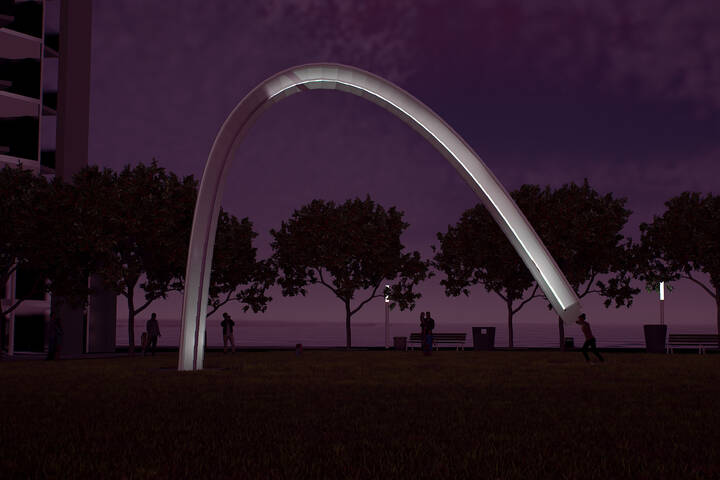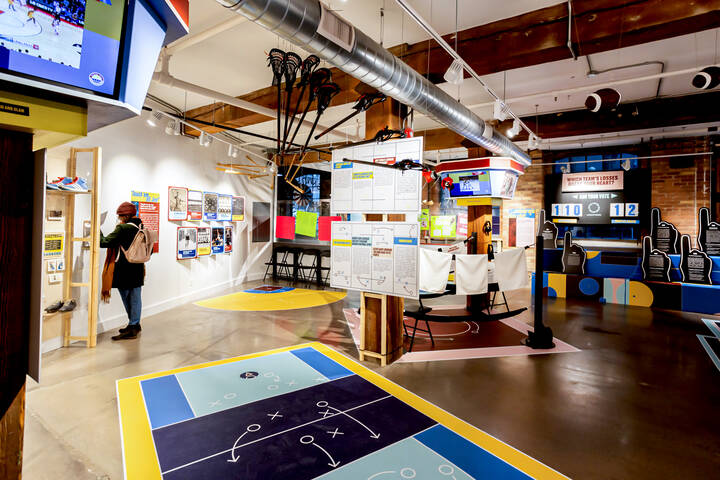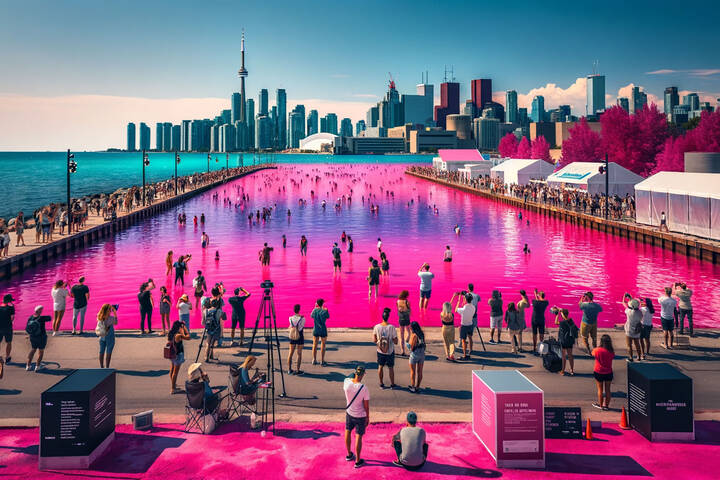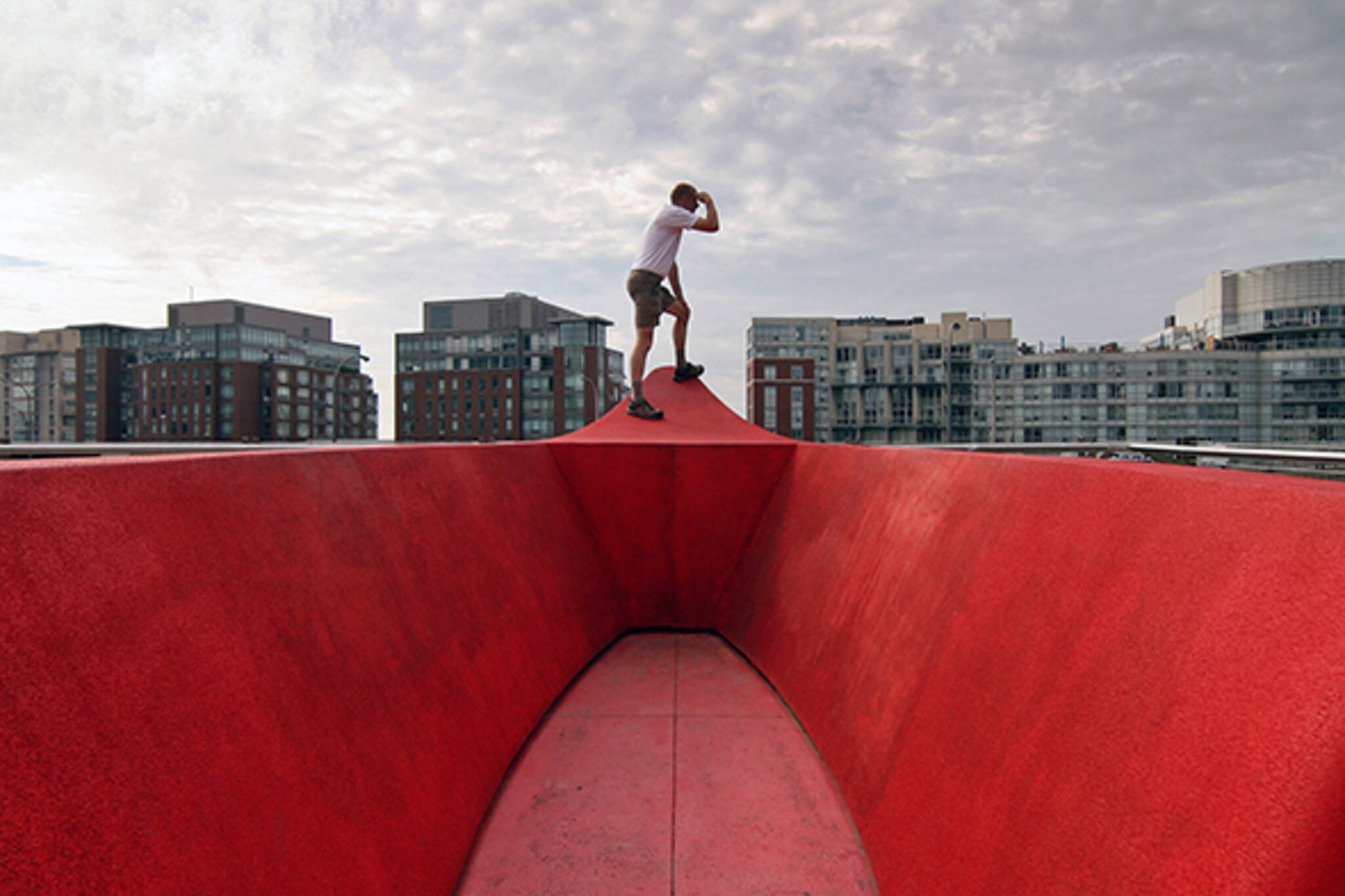
Why is much of Toronto's public art found in condos?
In Toronto, you don't have to go to a gallery or museum to see notable art installations. That's because our city has a robust public art program that brings impressive pieces to parks and civic spaces as well as to private properties, such as condos and office buildings.
Why are some of Toronto's most prominent public artworks located in and around these condos and skyscrapers? Because of Section 37 of the province's Planning Act, which as the City of Toronto writes, "authorizes municipalities to grant increases in height and density of development, in exchange for the provision of facilities, services or matters."
Basically, condo developers get to do things like construct taller buildings if they promise to pay for publicly beneficial entities, such as artwork. And that's where Public Art Management comes in.
This locally based company works with developers, including Concord Adex, the Minto Group and Cadillac Fairview, to bring high-calibre artwork to properties all over the city. And, it's behind recognizable pieces such as Douglas Coupland's red Canoe at CityPlace and the James Turrell Straight Flush installation at the Bay-Adelaide Centre.
I spoke with vice president Ben Mills to learn more how he helps bring art to condos and office buildings, a process that generally takes between 18 and 36 months.
Each public artwork must be equal to one percent of the gross construction cost of the project, says Mills as he explains the Percent for Public Art Program. Once he and the developer determine a site for the installation, he works to develop a public art plan, which eventually goes to Toronto's Public Art Commission, an all-volunteer committee that advises the city about incoming art projects.
After the Public Art Commission approves the plan, it goes to Community Council and eventually to City Council.
"Once we get City Council endorsement," says Mills, "we can proceed with running our competition."
These competitions are usually by invitation only. And submissions go to a small jury comprised of one Toronto artist, one ward resident with some sort of arts-related expertise and at least one representative from the development company - the developer ultimately has the power of veto.
Mills's role is that of an arbitrator, but he also helps educate developers about the contemporary art world.
Ultimately, each piece that's realized needs to be both relevant and timeless. "They're permanent, so they have to look good permanently," says Mills.
And, these artworks aren't limited to massive sculptures. Some, pieces are incorporated directly into certain buildings through glazing or other innovative techniques.
Yet, this is all just one side of the art coin; the city also spearheads initiatives to bring creativity into truly public spaces.
Photo by Michael Mitchener.
Latest Videos
Latest Videos
Join the conversation Load comments
